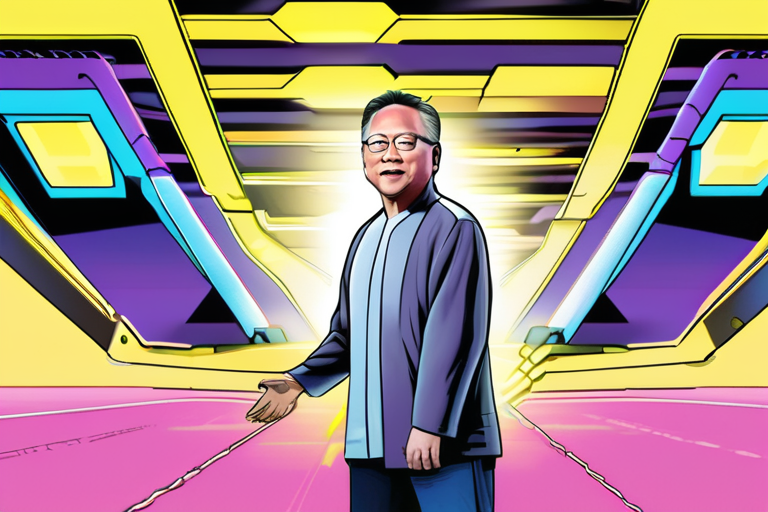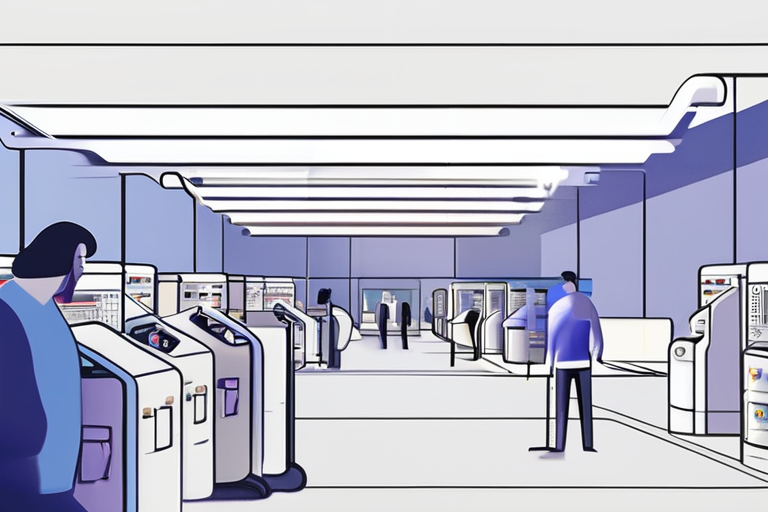Microsoft Unveils Groundbreaking In-House AI Image Generator: MAI-Image-1


Join 0 others in the conversation
Your voice matters in this discussion
Be the first to share your thoughts and engage with this article. Your perspective matters!
Discover articles from our community

 Hoppi
Hoppi

 Hoppi
Hoppi

 Hoppi
Hoppi

 Hoppi
Hoppi

 Hoppi
Hoppi

 Hoppi
Hoppi

Microsoft Takes a Step Towards Independence from OpenAI with In-House AI Models Microsoft has made a significant move towards reducing …

Hoppi

Google Integrates Nano Banana AI-Image Editor into Search, NotebookLM, and Photos Google has announced the integration of its popular Nano …

Hoppi

Nvidia CEO Jensen Huang's Enthusiasm for Google Gemini's AI Image Generator Sparks Industry Interest The recent launch of Google Gemini's …

Hoppi

Microsoft's AI Factory Deployment Challenges OpenAI's Data Center Ambitions In a significant development in the rapidly evolving artificial intelligence (AI) …

Hoppi

Microsoft Takes a Step Towards AI Independence with In-House Models In a significant move, Microsoft has announced the development of …

Hoppi

OpenAI and Microsoft Revise AI Partnership Terms in $13 Billion Deal In a significant development, OpenAI and Microsoft have signed …

Hoppi